A new startup named Yoodli built a free website that will analyze your speech and help you improve.


Dr. Max More is a philosopher, writer, speaker and expert in Cryonics — the process of cryopreserving a body at the time of legal death in the hopes of reviving them in the future.
Theo talks with Dr. More about what actually happens when we die, the future of mankind, and if Theo would preserve his brain for science.
Dr. More is the Ambassador for Alcor Life Extension, a non-profit in Scottsdale, Arizona practicing cryonics. Max received a Doctorate in Philosophy in 1995 from the University of Southern California after completing a degree in Philosophy, Politics, and Economics from Oxford University.
Dr. Max More: https://www.maxmore.com/
Learn more about Alcor: https://www.alcor.org/
Tour Dates! https://theovon.com/tour.
New Merch: https://www.theovonstore.com.
Podcastville mugs and prints available now at https://theovon.pixels.com.
Support our Sponsors:
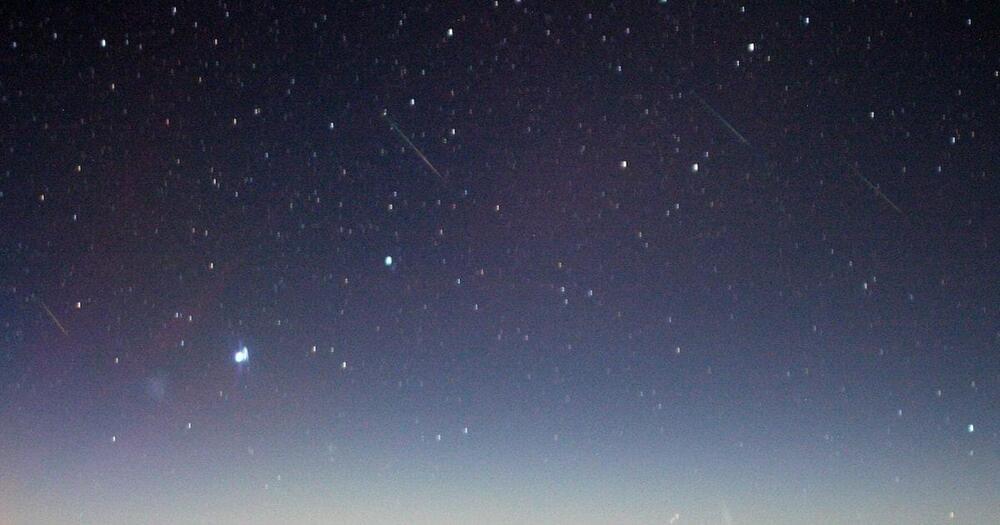
The annual Aurigid Meteor Shower peaks this Thursday, September 1. Though the Aurigids are less flashy than some (the American Meteor Society calls them a “reliable minor shower”), they still put on a show worth watching. That’s especially true since this year’s shower coincides with a waxing crescent moon, meaning moonlight won’t upstage the meteors. Here’s everything you need to know to catch the Aurigids in action.
When to see the Aurigid Meteor Shower
The Aurigids pelt our atmosphere with bits of burning rock and dust about this time every year. This year’s Aurigid shower started on August 28 and will continue until September 4 or 5, but the real show happens at the meteor shower’s peak, on September 1.
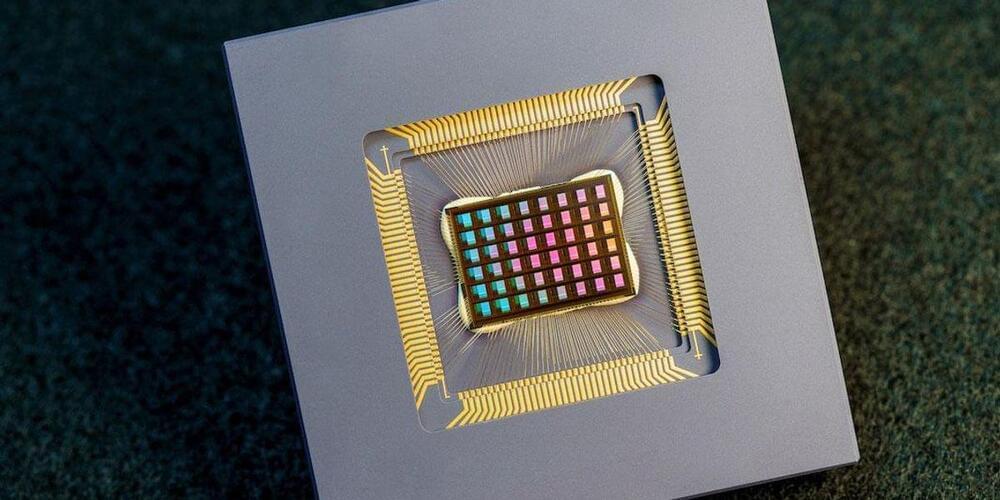
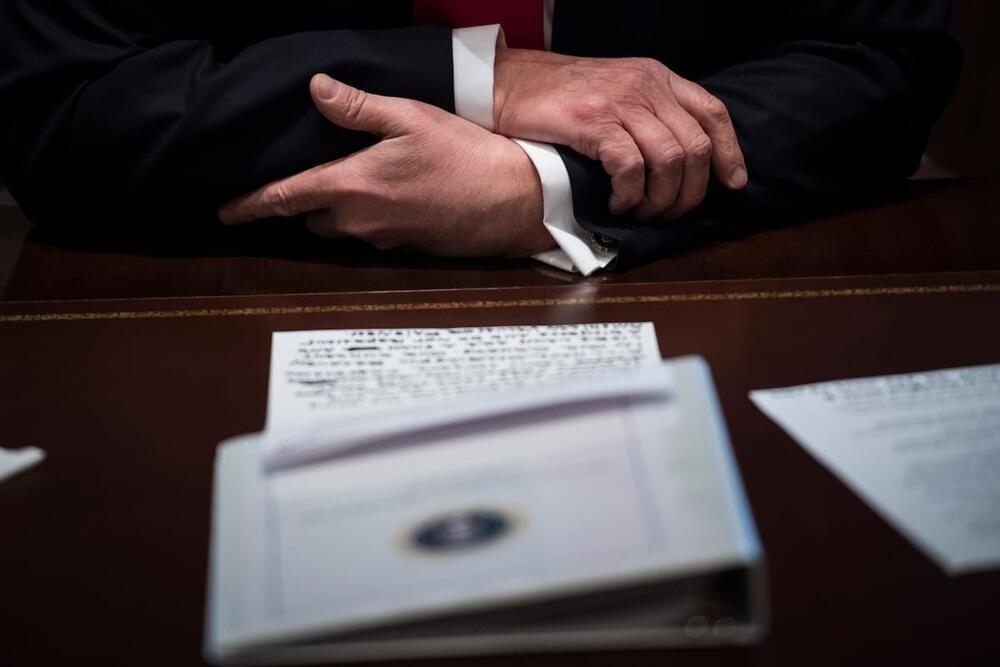
He Great Drought and Deluge is upon much of the world. These are no longer once-in-a-thousand-year events.
In one video, she runs through a field of lavender and spins around in a lilac dress. It was the beloved family dog, a chubby pug named Ben, who showed her how to twirl in circles.
“Is it possible to fall in love again and again?” her mother wrote under a photo just weeks before Liza was killed. — Jennifer Hassan
Read more: A 4-year-old killed in her stroller shows horrific toll of Russia’s war.
The perfect strategy, really. What could go wrong?
Fascinating perspective on a subject most of us are deeply familiar with.
Thank you to Full Sail University for sponsoring this video! Check them out at https://www.fullsail.edu/wisecrack.
Is AI coming for us all?
Artificial technology has become something of a boogeyman haunting our futures in unknowable ways. But will this technology change the world, and if so, will we have any control over those changes? Let’s find out in this Wisecrack Edition on Artificial Intelligence: How Afraid Should We Be?
Support us on Patreon! ► https://www.patreon.com/wisecrack.

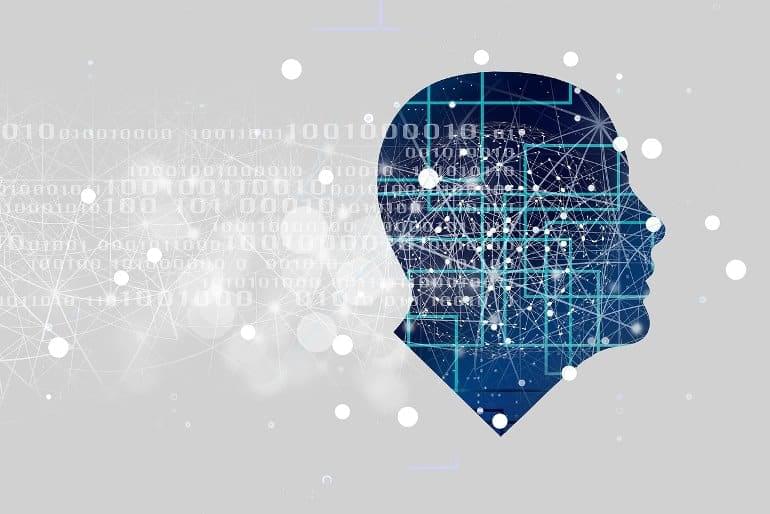
Summary: Study reveals how the element of surprise helps facilitate learning and memory retrieval.
Source: University of Manchester.
A study by University of Manchester neuroscientists into the effect of surprise on our memory has inadvertently discovered a method which might help us to perform better in exams.
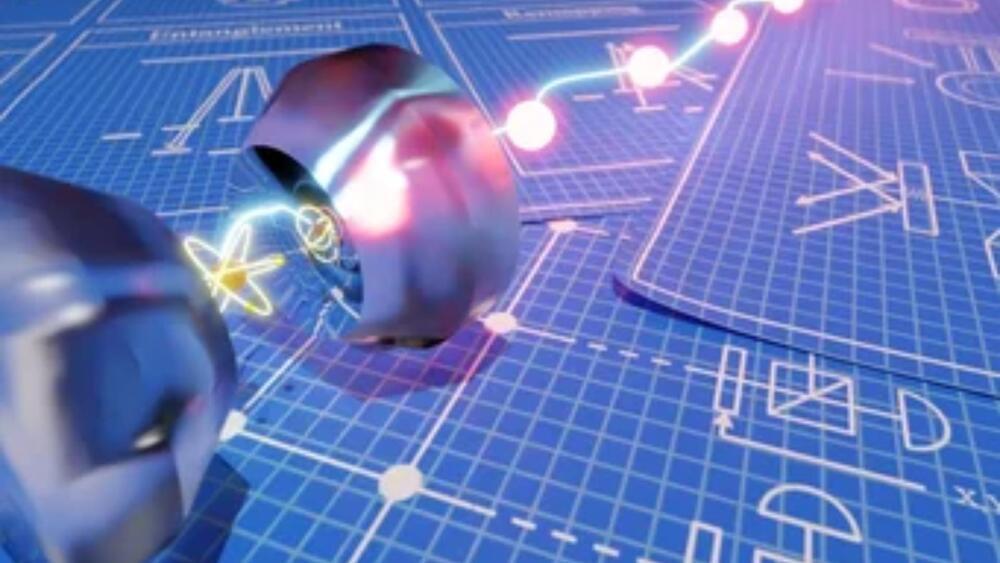
Max Planck of Quantum Optics.
Quantum entanglement, famously described by Albery Einstein as “spooky action at a distance” is a phenomenon where particles become intertwined in such a way that they cease to exist individually, and changing the specific property of one results in an instant change of its partner, even if it is far away.